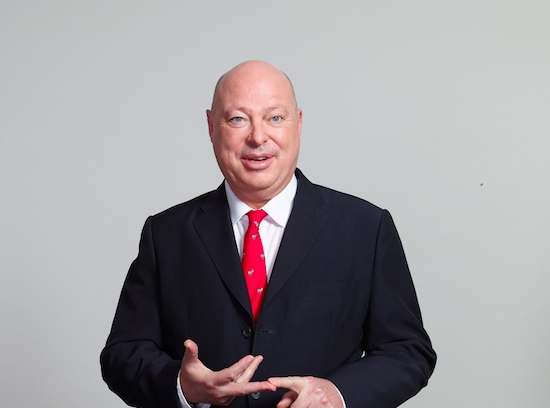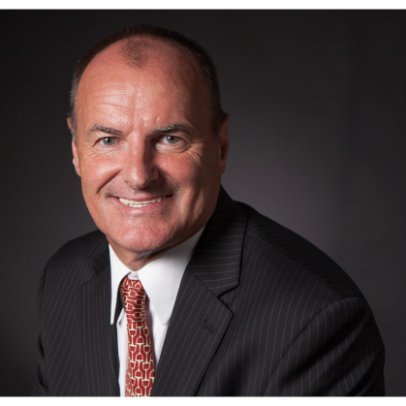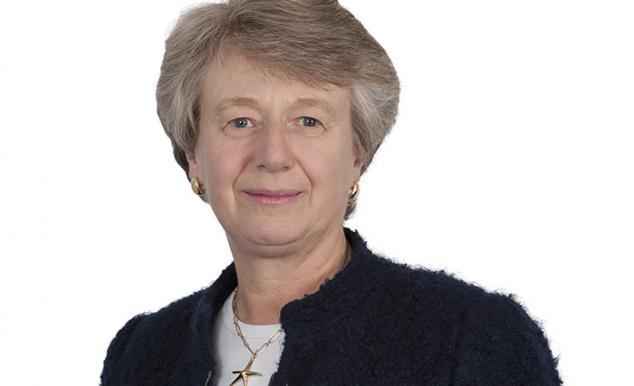A World in Search of Growth
| For Fórmate a Fondo | 0 Comentarios

As the Federal Open Market Committee (FOMC) ends its fourth version of Quantitative Easing this month, whilst the European Central Bank (ECB) contemplates its first true version, Central Bankers are frustrated both by the lack of political restructuring to their national economies and also by the lack of economic growth, without which the huge Sovereign and private debts could not be afforded. Reinhart and Rogoff’s forecast that “using debt to solve a debt crisis” will simply result in slower economic growth than previously lives on. In the meantime, the World of Financial Repression is alive and kicking…unfortunately. Although the burden of debt is central to the recent financial crisis, there may be a confluence of events, globally, which is hampering a return to the old normal growth patterns of previous decades.
1. Demographics
Rapid aging can be experienced at first hand in many OECD (Organisation Economic Cooperation Development) countries, led by Japan and Italy with Germany and South Korea hot on their heels. In all these countries, we are seeing that as the number of hands to put to work diminishes, there are multiple challenges which inhibit economic growth. The fact is that the elderly spend significantly less on consumer and other goods whilst on the other hand they require increased healthcare treatment, services and assistance. Pensioners also tend to draw down on their savings which leads to a declining pool of investment capital. In addition, they have often become more risk averse in their latter years so that the pool of capital accessible to entrepreneurs and businesses also declines.
2. Youth education and youth unemployment
In the last few years, the USA has led the way with its youth assuming huge loans in pursuit of a college education which will lead to higher career earnings. However with over USD 1 trillion now lent and bad debt levels now rising to circa 20% of all loans, one must question if this “loan for education” is money well spent and indeed capable of generating a workforce with the changing skill-set which modern economies now require. Moreover, the UK is already heading in the same direction reflecting further misguided educational policy. This is of course juxtaposed with the travails in many European countries where between one third and one half of our youth under 25 is currently unemployed. Does it really matter, you may ask? Why is this so important for future growth? Well, with either heavily indebted youth or unemployed youth, we are circumventing our biorhythmic cycle of our youth moving into the workforce, forming relationships and families and moving onto the housing ownership ladder.
3. Falling productivity growth
Economic growth can be rationalised into the combinations of the availability of labour, the efficiency of labour and capital and, to a certain extent, a “frisson of leverage”, or debt. China’s urbanisation and industrialisation changed many sectors of the global economy including mining, manufacturing, steel and cement demand. Productivity (as I have noted already) is very important, but so too is the use, or productivity, of any debt which is incurred. At a global level this is because if this debt perpetuates or aggravates excess capacity, as in China, or excess welfare, as in Europe, or excess leverage, as in the global financial sector, then we are mis-allocating capital which will have to be written off eventually, at a cost to the growth prospects of the global economy. However, as this meteoric growth in China was being achieved, the global economy saw declining productivity, due to the impact of energy inputs rising consistently in price since the oil shocks of the 1970s and 1980s, together with the stalling in average wages for most blue and white collar workers. To the surprise of most economic commentators, the boom of IT and internet tools has not made that much difference to overall productivity levels.
4. Addicted to debt
The West has used more and more debt per unit of GDP since the mid 1970’s- a model which emerging markets are all copying today. We have currently solved the last Global Financial Crisis with yet more debt as Sovereigns have borrowed and borrowed to keep banks and their economies alive. This toxic combination of poor demographics, excess leverage and weak productivity suggests economic growth will remain anaemic in these financially repressive times. However, we are also seeing that it is not just Sovereigns and banks who are addicted to debt – but individual consumers too. With Zero Interest Rates, consumers are not being encouraged to save and invest and thus they are buying and borrowing to maintain and improve their lifestyles, bringing forward consumption from tomorrow, such that demand is likely to be lower in the future as we are shopped and borrowed out.
5. Global trade
Global trade has been slowing down despite many recent trade deals and hopes of greater World Trade Organisation initiatives. This is simply due to its scale and size inside the global economy. Since 1980, trade has grown from 14% of world GDP to 31.6% of world GDP. Interestingly, this means that trade has accounted for 50% of all the growth in activity in the last 25 years. Globalisation has indeed become a reality but the costs to many economies are now clear in terms of loss of manufacturing and some other office jobs such that off-shoring and on-shoring have become hotly debated political and social issues. With political and geopolitical tensions rising, trade is unlikely to carry the world higher from here and may indeed reverse for a while as trade sanctions in Russia and the EU are extended.
6. Energy
Over the last 40 years we have experienced two tremendous supply shocks to the price of oil, both emanating from the Middle East, which caused high levels of inflation and serious economic recessions in the West. Since 2000, the world has experienced more stable energy costs but this reflects a combination of strong and growing demand from Asia and the Middle East, where subsidies overstate demand and sharply rising costs of extracting oil and gas, as the “easy fields” have been developed and brought to market. Moreover, with productivity falling globally, energy is seeing nearly 35% of all capital expenditures, despite being less than 10% of economic activity, so that other sectors and industries are being squeezed out. Given the recent geo-political risks and rising Russian hostility plus possible American complacency over shale availabilities, a third oil shock remains a predictable “black swan”.
7. Structural reform and lack of political leadership
The Global Financial Crisis catalysed many of the apparent, if ignored, issues which had been brewing over the past decade; the proactive response from Central Bankers has held things together so far. However, around the world Central Bankers have been asking for, pleading for and even now begging for structural reforms from their national politicians which are a pre-condition for the economic “re-set” in many economies which urgently needs to occur. Whilst politicians have increased regulation on banks, for instance, there has been little recognition nor acceptance that policy also needs to change – hence Sovereign debt balloons, funded by Quantitative Easing Policies (QEP). With QEP now ending as the FOMC ends its latest program, the baton has been firmly handed to the politicians…
Conclusion
We continue to see a world enduring Financial Repression where growth remains fragile and dull. In this environment, it becomes essential for clients to “take on some risk in the search of some return”. With equities having been re-rated over the past few years with modest earnings upgrades, we do not expect a “rising tide of GDP growth” to bail-out the average corporate. Thus we conclude that clients need to become more selective in the future and look to companies offering superior growth opportunities through new products and geographies or through sustainably higher-yielding companies where mature and strong cash-flows provide an income well in excess of current Sovereign and credit yields.










